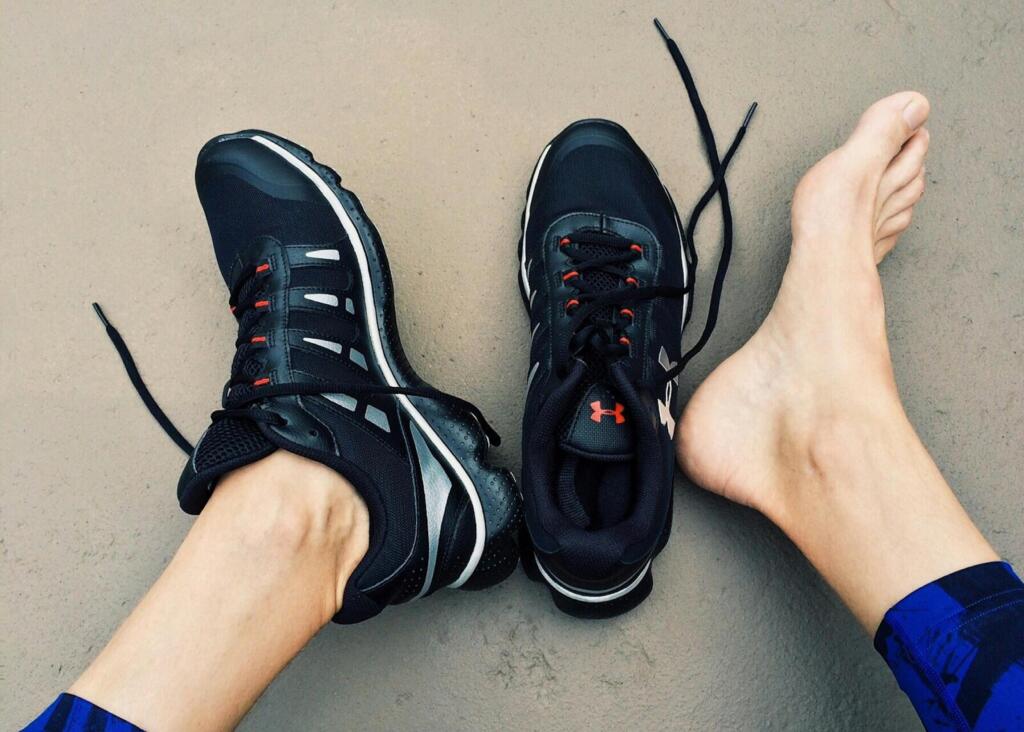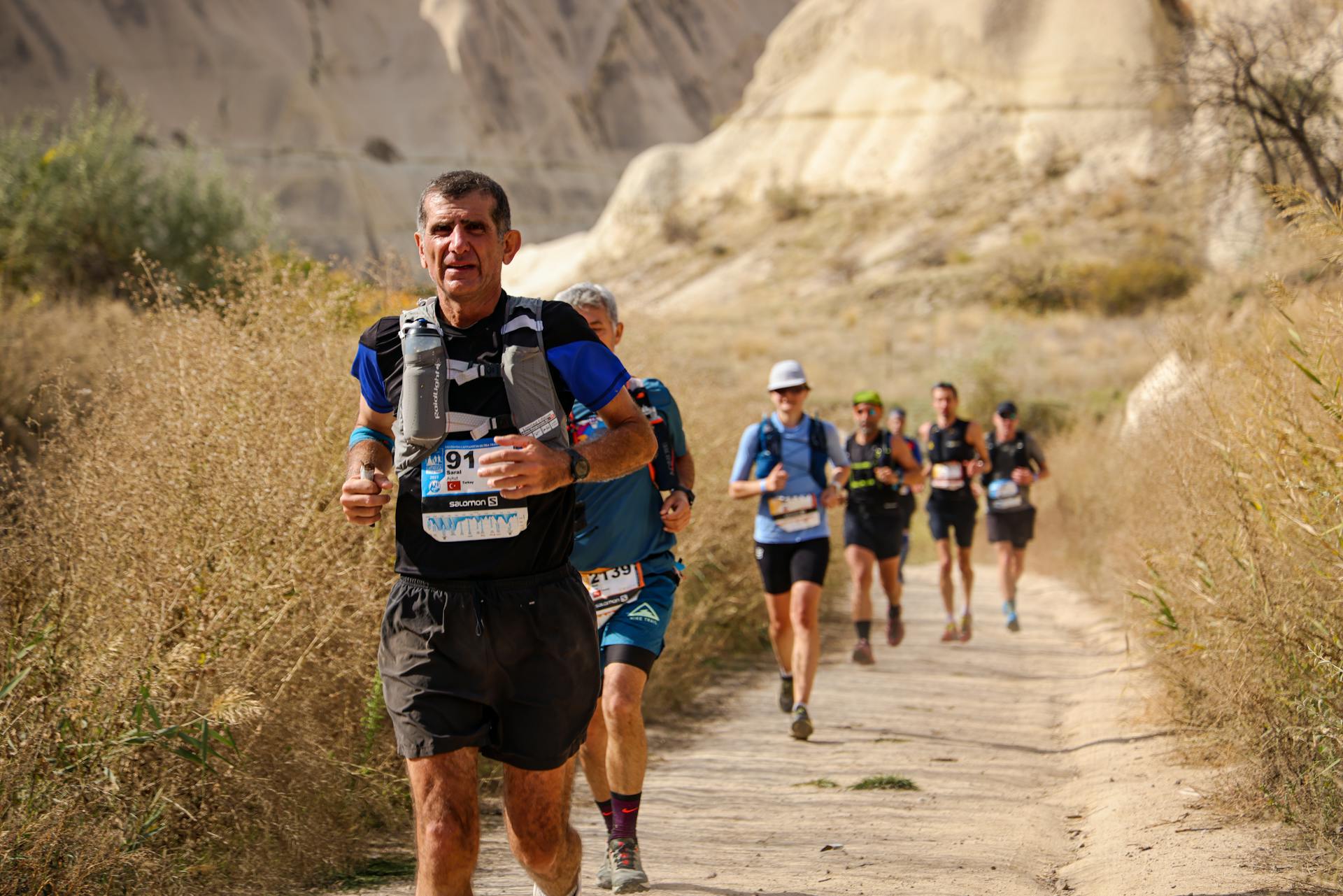Table of Contents

The London Marathon 2025, held on 27 April 2025, maintained its reputation as one of the world’s most respected city marathons. More than 50,000 runners took to the streets, ranging from elite athletes to club runners, charity participants, and first-timers. With the event now complete, those reflecting on their experience or planning for future editions can benefit from lessons drawn from this year’s race. Here’s a specific breakdown of what proved most important in training, gear, mindset, and execution.
Marathon Training Basics
Effective training for the London Marathon 2025 typically followed a 12 to 16-week schedule. Most successful finishers stuck to three to five runs per week. First-time runners generally managed well with three key sessions: one long run, one recovery run, and one pace-building session such as a tempo or intervals. Intermediate and advanced runners included additional structured workouts like strides, marathon-pace efforts, and hill repeats.
Cross-training remained helpful for injury prevention. Many participants added cycling or swimming once per week, particularly in recovery periods. Runners who skipped strength work often faced problems with stability or repetitive stress injuries such as IT band discomfort or Achilles strain.
Nutrition & Hydration Tips
Nutrition strategy played a clear role in performance. Most runners who completed their long runs with adequate fuelling, such as 30 to 60 grams of carbohydrates per hour, found the marathon itself more manageable. Popular in-race options included gels, energy chews, and diluted sports drinks.
Hydration also influenced outcomes. With moderate spring temperatures on race day, around 12 to 16°C, dehydration wasn’t extreme, but fluid loss still occurred.
The official race setup included water at every mile from Mile 3 onward and Lucozade Sport at Miles 9, 15, and 21.
Mindset & Preparation
Mental strategies were as important as physical readiness. Long London Marathon 2025 training runs over 25 kilometres helped runners prepare for fatigue. Those who rehearsed how to manage the final 10 to 12 kilometres often coped better during the race.
Many runners broke the marathon into three or four parts, such as 10km + 10km + 10km + final effort. Others wrote motivational cues on their hand or bib, including reminders of pacing, nutrition, or personal goals.
Gear & Equipment Guide
Equipment choices affected outcomes. Runners who used familiar shoes, socks, and belts avoided many common issues. The April weather brought light rain in the early stages and humidity later in the day. Those who had tested their gear in similar conditions managed best.
Carbon-plated shoes were common, but their benefits were most obvious for those who had trained in them. Comfort and fit remained more important than any specific model. Shoes with 100 to 200 kilometres of wear-in performed well on race day.
Technical clothing and anti-chafing products helped significantly. GPS watches worked well for most runners, although some experienced signal issues in Canary Wharf.
2025 Course Overview
The London Marathon 2025 route followed the traditional layout from Greenwich to The Mall. Its flat profile continued to attract runners chasing strong results. The main climbs were near Tower Hill and again just before Birdcage Walk.
Spectator support was especially strong at Tower Bridge, along the Embankment, and around the finish. Quieter sections included parts of Docklands and the Isle of Dogs.
Timing mats at every mile allowed runners to review pacing after the event. Those who monitored their splits regularly were able to adjust strategy mid-race if needed.
Tackling Challenges
April weather during the London Marathon 2025 can vary. Runners who packed for different weather options handled conditions best. This year, light showers and mild humidity made clothing and hydration choices important.
Muscle cramps after 30 kilometres during the London Marathon 2025 were common. Runners who addressed this in training through strength work, nutrition, and realistic long runs of up to 35 kilometres were better prepared.
Foot problems were mostly related to poor shoe timing. New shoes worn too close to race day often caused blisters. The most successful runners had already tested their socks and shoes under race-day conditions.
Chasing a PB
Runners aiming for faster times succeeded by sticking to a consistent pace. Going out just five seconds per kilometre too fast led many to struggle after 30km. Pace calculators such as McMillan or Jack Daniels helped set appropriate targets.
Tapering in the final two weeks was crucial. Reducing mileage by 40 to 60 percent helped runners maintain freshness. Making big changes to diet or gear during this time often backfired.
Pace groups were available for a wide range of finish times. Those who tracked their own data and allowed room for adjustment were less affected by any group pacing inconsistencies.
Staying Motivated
Motivation during a 12 to 16-week training block often fluctuated. Setting weekly goals, such as hitting a certain mileage or running a full session without stopping, helped maintain focus. Training groups and virtual clubs supported accountability.
Apps like Strava, TrainingPeaks, and Garmin Connect allowed runners to review trends over time. Those who regularly tracked progress stayed more focused during the mid-training phases when motivation often dips.
On race day, mental strategies such as mental mantras or remembering key motivations helped runners through difficult stages. Writing one or two reminders on your hand worked well for many participants.
Why the Finish Matters
The final part of the London Marathon 2025 passed landmarks like Big Ben and Buckingham Palace. Runners turned onto Birdcage Walk before reaching The Mall, where thousands of spectators offered support. This section remained one of the most memorable parts of the course.
Both net and gun times were recorded accurately. Runners could check results and splits within hours via the event app.
Post-race recovery started immediately. Rehydrating, having a carbohydrate and protein snack, and walking or stretching the next day all helped with recovery.
Race Day Prep
Preparation helped the most successful runners have a smooth experience. Arrival at the start zone at least 90 minutes before wave time ensured enough time for bag drop, toilets, and warm-up.
Pre-race meals worked best when familiar. Runners who ate 200 to 300 grams of carbohydrates about two to three hours before the start tended to avoid stomach problems. Last-minute changes often caused discomfort.
Carrying gels securely and wearing a tested kit were two practical tips many shared after the event. Sticking to pace early, even when excitement built, paid off in the second half. Those who held back in the first 5 kilometres generally had stronger finishes.






